- Diaojiaolou is the main traditional residence in the settlements of ethnic minorities in China
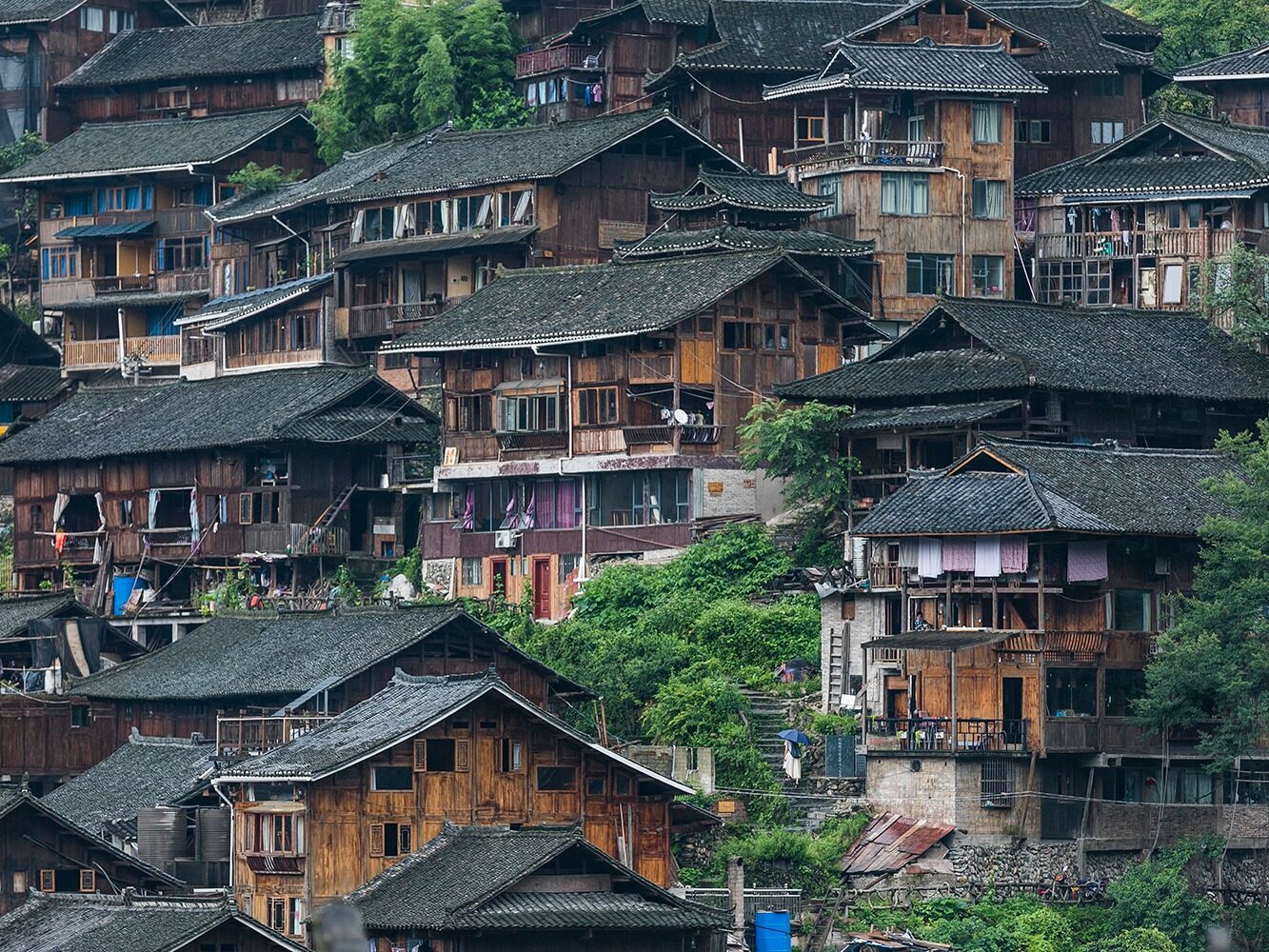
Diaojiaolou, also called Diaolou, is a traditional residence of the Miao, Zhuang, Buyi, Dong, Shui, and Tujia peoples. There are also many stilts in the areas of Western Hunan, Western Hubei, and Guizhou.
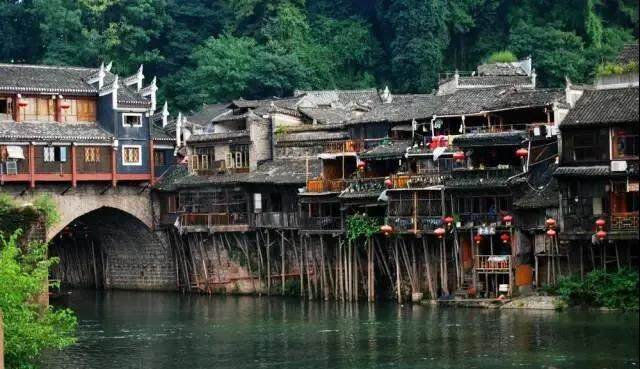
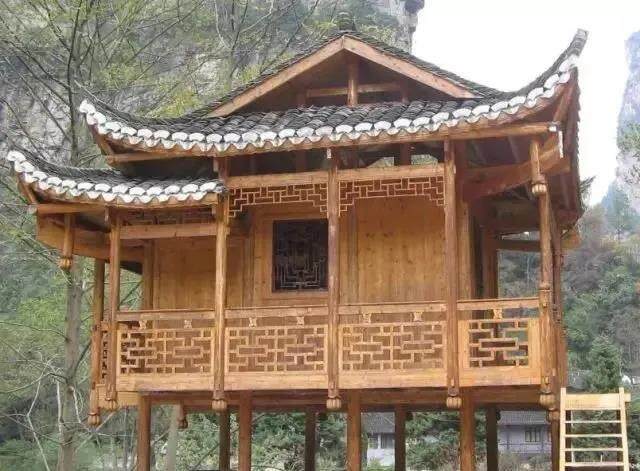
Diaojiaolou was built in the shape of a tiger sitting in the shape of a mountain. The best houses are the green dragon on the left, the white tiger on the right, the front Suzaku, and the back Xuanwu. Later, it pays attention to the orientation, or sits west to east, or sits east to west. Diaojiaolou is a dry fence type building, but it is different from what is generally referred to as dry fence. All the dry fences should be suspended, so the stilt building is called a semi-dry fence building.
Diaojiaolou Folk House
The stilt building on the hillside is supported by wooden pillars on flat ground and divided into upper and lower floors, which saves land and is relatively inexpensive to build; the upper stilt building is usually covered with thatch or cedar bark, and is also covered with slate. Diaojiao buildings in western Hubei are mostly covered with mud tiles.
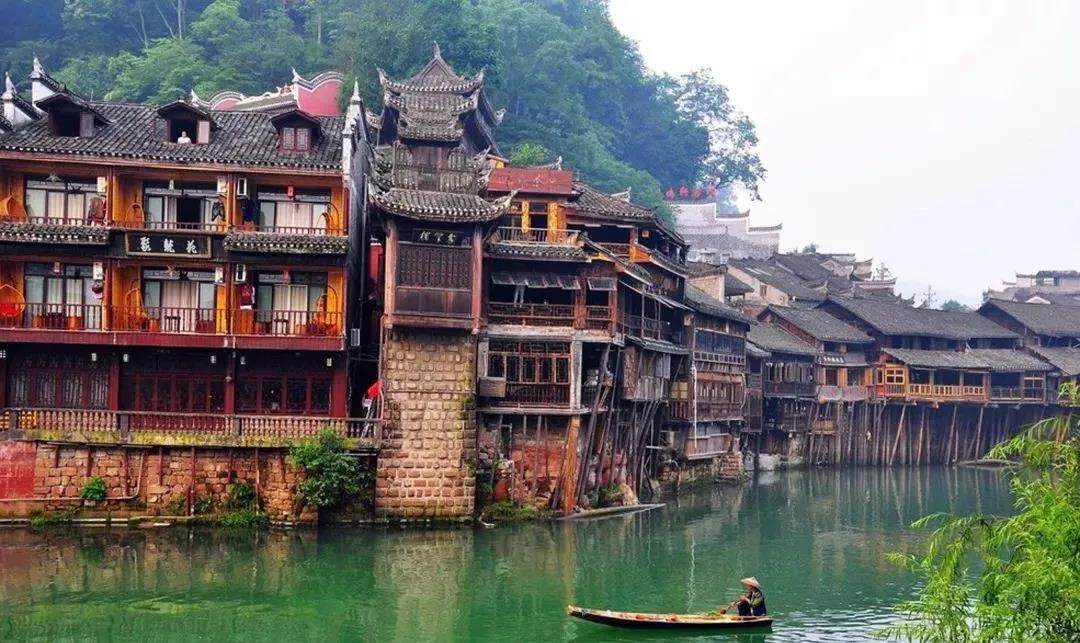
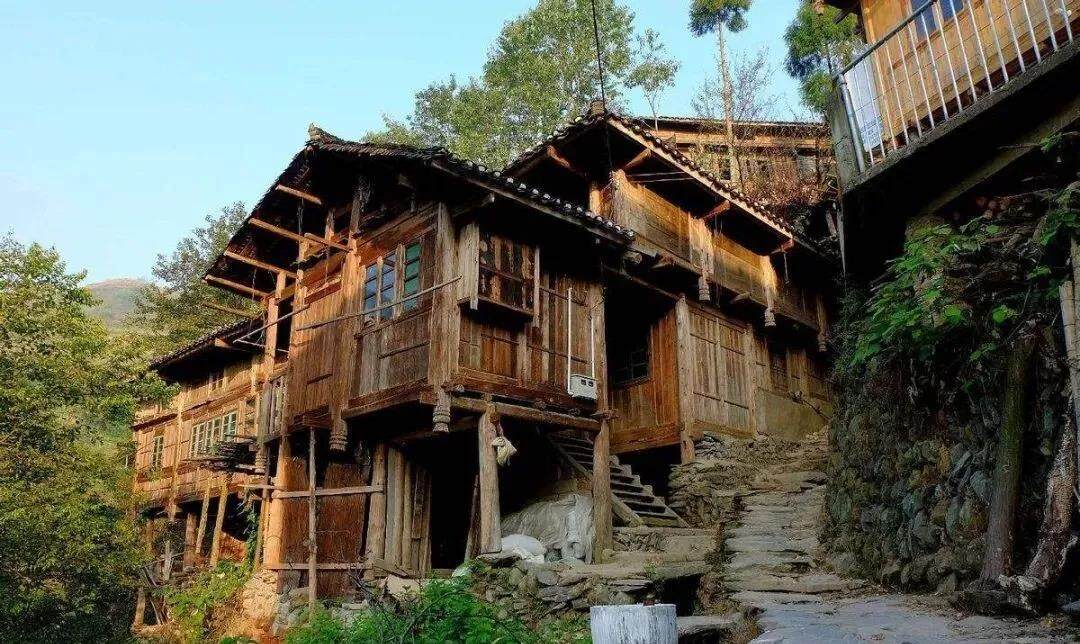
The construction of the Diaojiaolou is a major event in the lives of the Tujia people. The first step is to prepare the wood. The Tujia people call it "Qingshan". Generally, they choose the chrysanthemum tree or the purple tree. Chun and purple are auspicious because of the homophony of spring and zi, meaning that spring will grow up and the descendants will be prosperous; the second step is to process beams and pillars. , Called the big size of the frame, and also painted on the beams such as gossip, Tai Chi diagram, lotus seeds and other patterns; the third process is called row fan, that is, the processed beams and columns are connected with tenons and arranged into wooden fans; The four steps are to "stand up the house with strong pillars." The owner chooses the auspicious days and asks the neighbors for help. Before the beams are installed, they must sacrifice the beams. Then everyone will work together to erect rows of wooden fans. At this time, firecrackers are blasted, and the neighbors on the left. Congratulations by giving gifts to you. Behind the pillars of the building are nailed rafter corners, tiling, and siding. Wealthy people also need to decorate the roofs with flying eaves, carved dragons and phoenixes under the corridors, and decorate the wooden railings on the balcony.
Structural layout
The most basic feature of the stilted building is that the main house is built on the ground. Except for one side of the wing, which is connected to the main house on the ground, the other three sides are suspended in the air and supported by pillars. The stilt building has many advantages. The high suspended floor is not only ventilated and dry, but also prevents poisonous snakes and beasts. Sundries can be placed under the floor. The hanging buildings also have distinctive national characteristics. The elegant silk eaves and generous walking rails of the Tujia folk houses make the hanging buildings stand on their own. This kind of stilt building has successfully got rid of the primitiveness than the railing, and has a higher cultural level, which is called the living fossil of the Bachu culture.
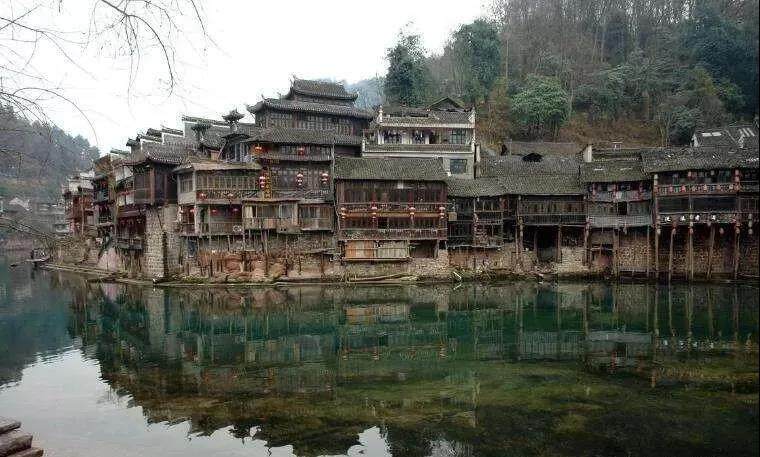
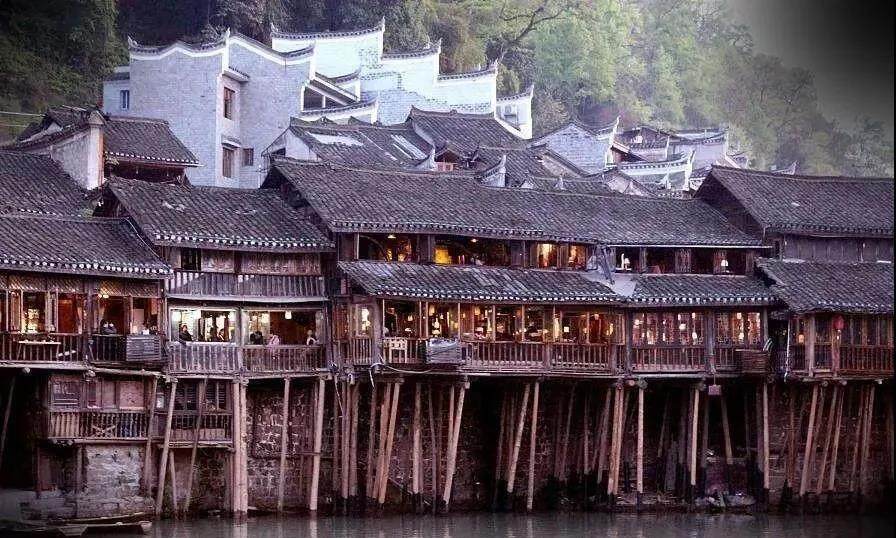
The Diaojiaolou in Southwest China is a unique and forgettable building, exuding the purity of life, without a trace of hustle and bustle. When you are on the scene, the troubles of the world will disappear, and your sleepy mind will be relieved. If you are disgusted with the luxury and impetuousness of big cities, you should experience the wonderful realm of harmony between man and nature presented by the Diaojiaolou.
Hanging building culture
When you walk into the Wuling Mountains, you will find that on the lush hillsides, clear rivers, or the edge of the dam by the Tujia people, these stilts are all dotted. These stilt towers are like glittering stars scattered across the vast landscape. When the stilt towers continue to appear in the Wuling Mountains, these beautiful natural landscapes immediately become humane landscapes, and the land that has been silent for a thousand years immediately becomes vivid.
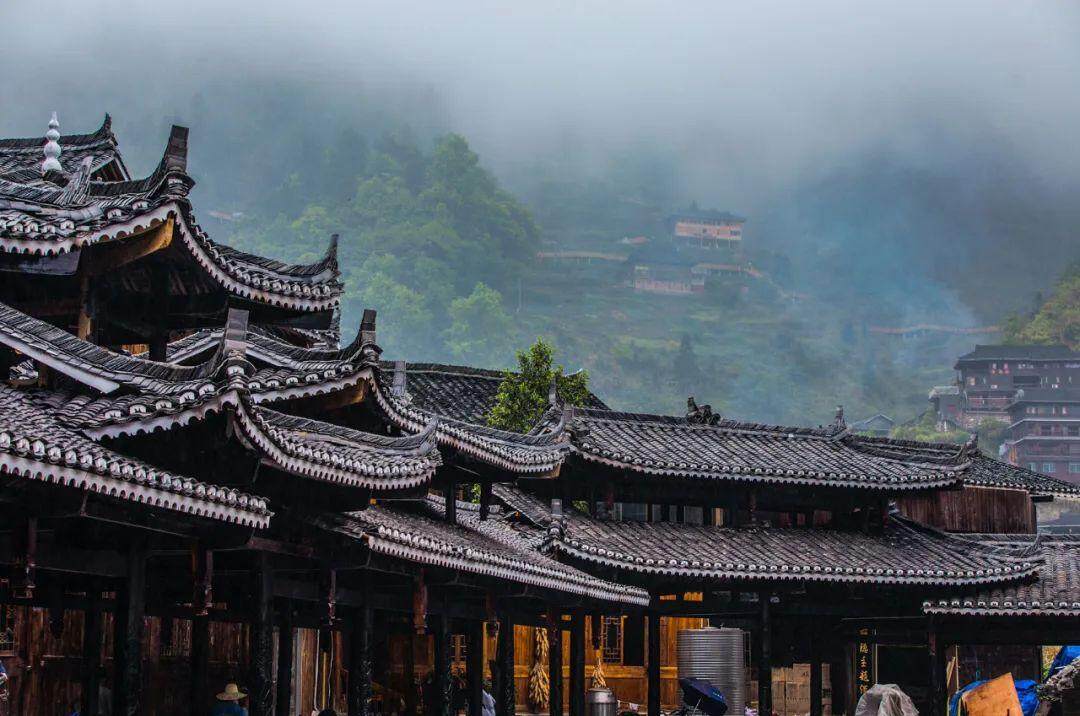
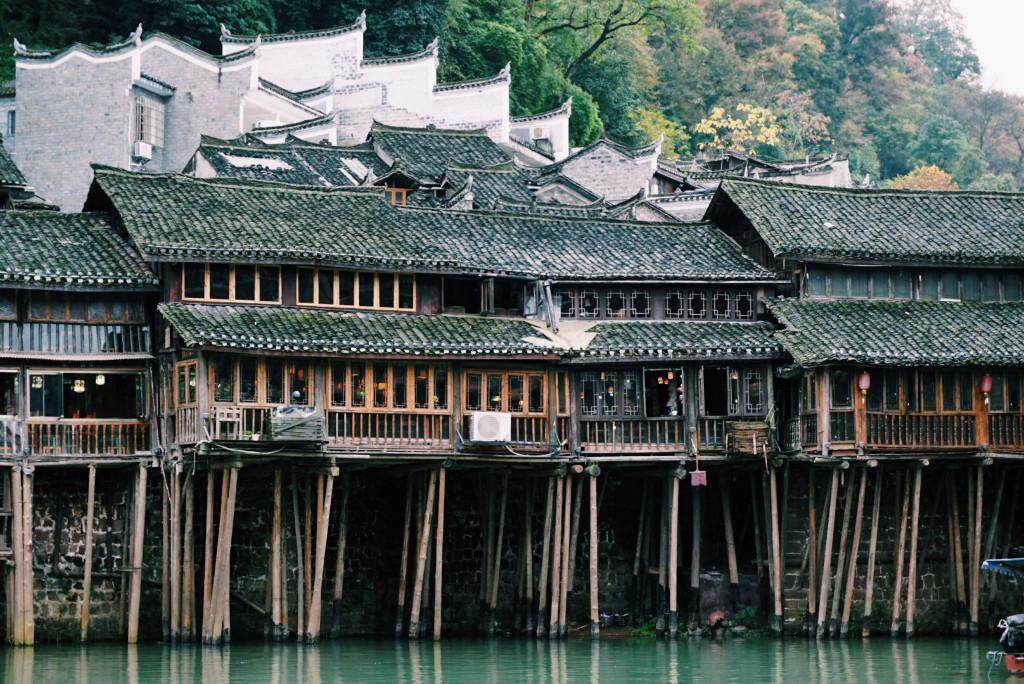
Just like singing and dancing to this nation, if there is no Diaojiaolou, the land will be dim, and this nation will lose a lot of vitality, so Diaojiaolou is always the starlight that decorates the lives of the Tujia people. The group of stilt buildings scattered in the mountains is as colorful as Tujia folk songs, or they are combined into a small town or a stockade, and there are also many single stilts. Whether it is a group of stilted buildings or a single courtyard, they are all located in places with excellent scenery, surrounded by forests and bamboos, small bridges and flowing water between them, and many groups of stilted buildings are hidden in ancient trees and bamboos, like landscape paintings. Editor/He Yuting
Comment
 Praise
Praise
 Collect
Collect
 Comment
Comment
 Search
Search


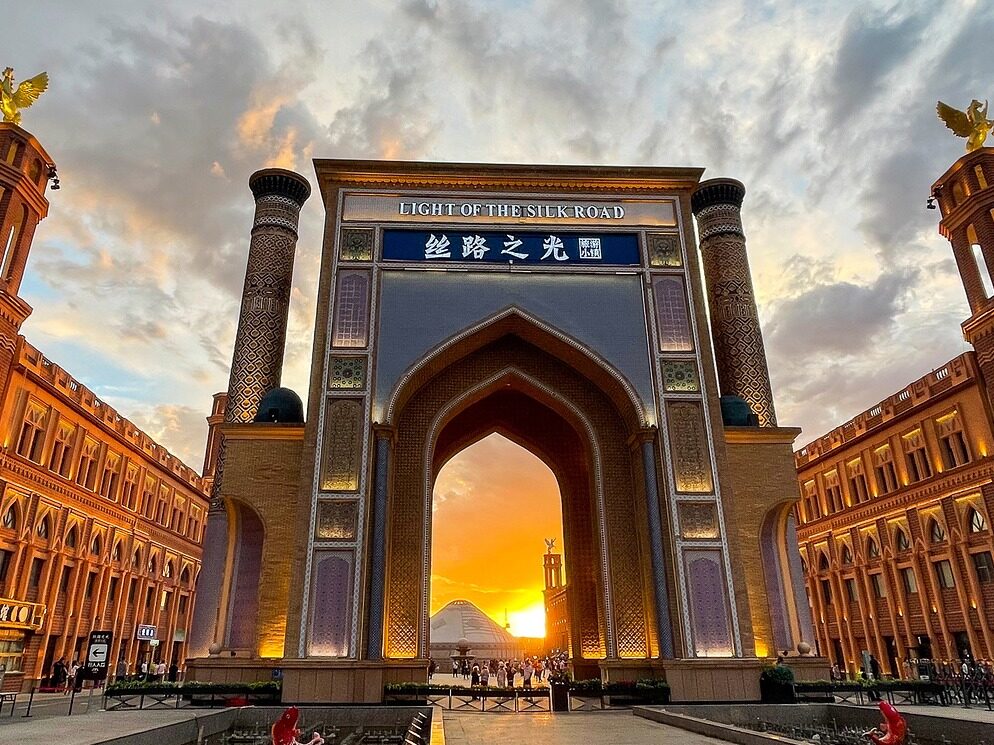
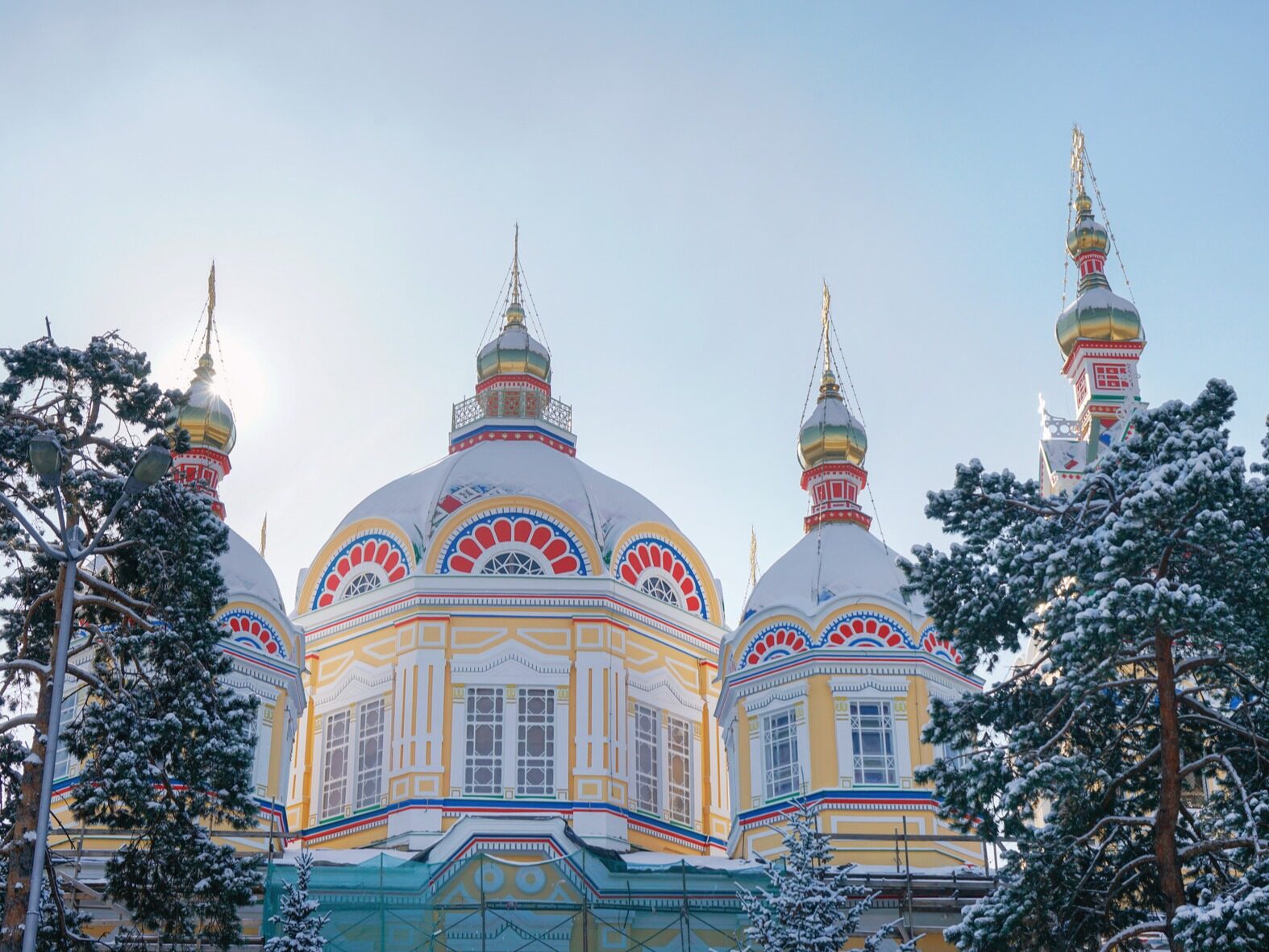


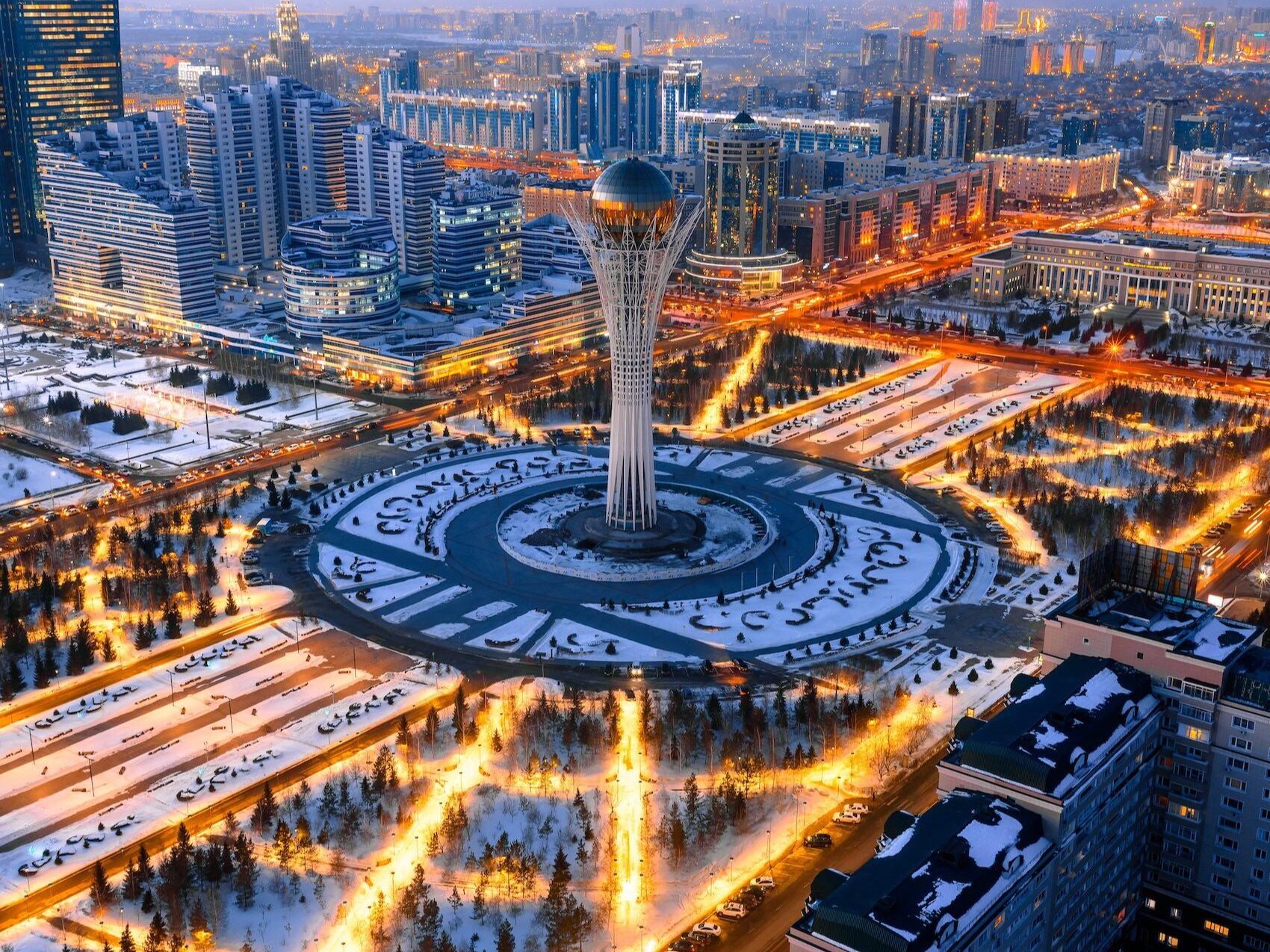







Write something~